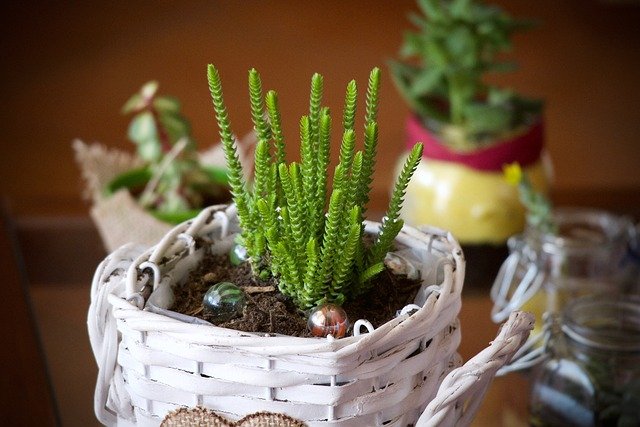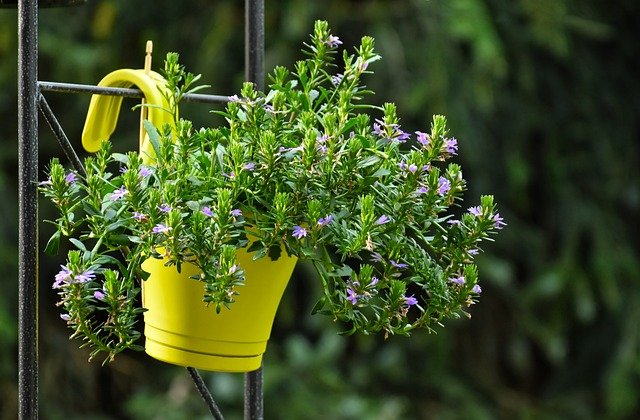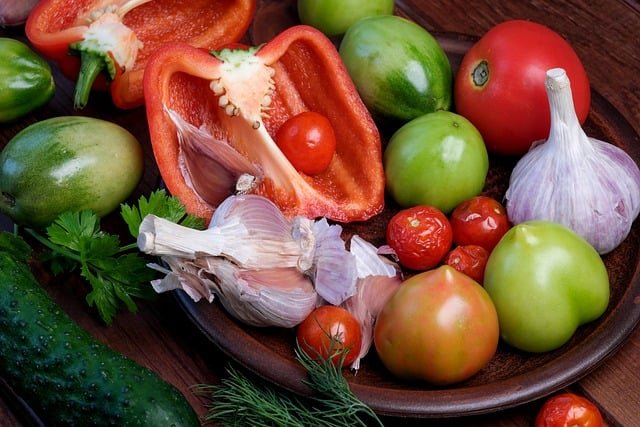Gardening with grow bags – use this uncomplicated, space-spacing method to cultivate your own produce and veg
Grow sacks are a functional option for urban cultivators seeking vegetable garden ideas but do not have a large backyard. These ingenious containers are space-saving and cost-effective, and crops such as potatoes, tomatoes and cucumbers will produce excellent harvests when cultivated this way.

Put simply, grow bags are portable containers made from lightweight fabrics that are often permeable, with several advantages over traditional planters. One of the main advantages is portability, as they are light enough to transport to another location in the courtyard or another property. Grow sacks are also a sustainable option as they can be repurposed year after year.
So, if you are searching for compact vegetable garden ideas, using grow sacks to cultivate some of the simplest vegetables to grow might be the best option for you. For prospective cultivators wanting to grow on a balcony or residing in a rental unit, why not give this simple option a try? Here, we share advice on how to use grow sacks in your yard this year.
How To Use Grow Bags
cultivate sacks are a space-saving and flexible growing method for those cultivators seeking to cultivate fruit and produce but lack the space to do so. These portable containers can be used to cultivate a variety of fast-growing vegetables, including potatoes, tomatoes, capsicum and chilies.
CROPS TO CULTIVATE USING GROW BAGS
person gathering tomatoes from plant
‘Grow containers are excellent for many reasons. They are inexpensive, lightweight and accessible,’ says Jen McDonald, garden expert and co-founder of Garden Girls.
‘They are ideal for growing vegetables and fruits like tomatoes, eggplants, peppers and okra,’ Jen adds, making them a convenient option for cultivators seeking to produce harvests in tiny backyards. For those contemplating cultivating tomatoes, this year, using grow sacks is a viable option, and tomato seeds, such as this sungold variety, are available from Burpee.
In addition, if you are looking for something milder, consider how to grow strawberries in containers and grow bags this year, for a bountiful harvest of delectable red fruits. Strawberry plants can be purchased online at Burpee, ready to be planted into your grow bag.
Many salads and herbs can also be appropriate for cultivating in grow sacks. Learning how to grow lettuce in containers by following our guide is recommended, as the principles for cultivating delectable leaves remain the same.
Perhaps one of the most popular crops cultivated this way is potatoes and, fortunately, for cultivators inquiring how to grow potatoes in a bag, this approach is a foolproof way to harvest a bounty of potatoes this summer. The mounding process remains the same, but the key is to roll down the sides of the grow sack and roll up as you add compost through the season. Following this tried and tested technique, even in a grow bag, will produce delectable potatoes for your summer suppers.
Finally, in addition to fruit and vegetables, Jen recommends ‘using sacks for producing dahlias, which ensures that each plant can develop in an isolated environment so that if tubers are impacted by gall, it doesn’t contaminate the rest of the crop.’ If you are considering about when to plant dahlias in a grow bag, the process is much the same as the usual approach, and sowing in the springtime will produce dazzling blossoms in the summer months ahead.

TOP TIPS FOR USING GROW BAGS
Select grow bags that are the right size for your plants – for shallow-rooted crops, such as scallions or lettuce, smaller grow bags that are approximately 5 liters are suitable. However, for deep-rooted plants like carrots and parsnips, a taller grow sack is optimal. For those seeking to produce potatoes, a larger grow container is recommended so that the mounding-up procedure is effective. Grow containers that are approximately 10 liters in size are recommended.
Use an excellent quality potting mix – always fill grow sacks with a high-quality, well-draining potting mix. Drainage in the soil is essential, but the permeable liner will cause the grow bag to discharge relatively rapidly. Combining a small volume of coco-coir, such as this from Walmart, with your potting mix can help with moisture retention, reducing irrigation duties in the summer months.
Positioning – position your grow sacks in an area with adequate sunlight in a sheltered location in your backyard. Most crops require a decent quantity of sunlight hours to help them develop. Tomatoes, for example, need plenty of sunlight for a decent crop of vegetables. Use grow containers with handles, as this will allow you to transfer and rotate crops if necessary.
Staking and support – certain crops that grow tall or possess a vining propensity may require staking or training along a trellis. Install supports at the time of planting, using canes, for example, or if you are looking for more of a project, why not attempt and build hazel plant supports? As your plant grows, use garden twine to bind in. This preventative strategy will ensure that high winds do not damage your produce.
REUSING GROW BAGS
The ability to reuse grow sacks is one reason they are so economical and are considered a sustainable growing method. At the conclusion of the growing season, in late summer or autumn, remove your plants and dispose of them on the compost mound.
Spent compost is useful and one practical flower bed idea is to redistribute this soil in your borders, helping to improve the quality and nutrition of your soil. Take the time to sanitize and dry your grow containers, preserving them indoors for the winter. Helpfully, many grow sacks will compress, meaning they are simple to store.
While grow bags will not last as long as traditional terracotta flowerpots, annual cleaning, drying and storing will help to extend the longevity of your grow bags, so it is worth taking the time and effort to follow this process.
FAQS
Which Crops Are Best For Grow Bags?
Grow sacks are suitable for a variety of crops, including tomatoes, peppers, cucumbers, lettuce, carrots and radishes. In addition, flowers that are intended for cutting, such as zinnias or snapdragons can be cultivated in grow sacks.






